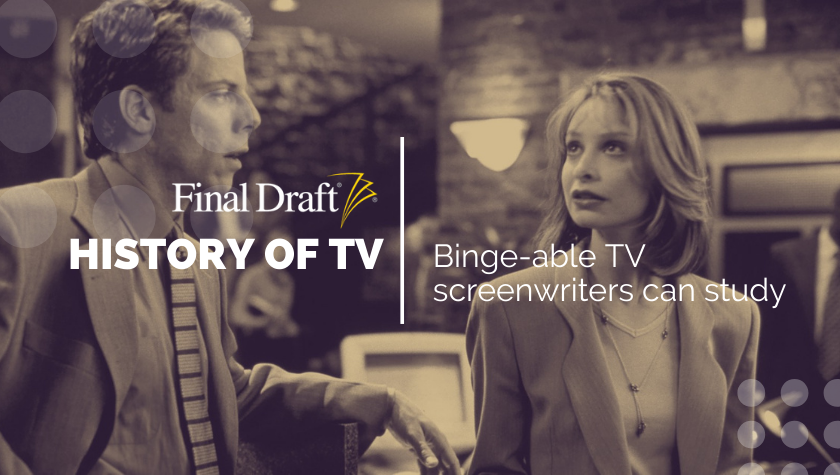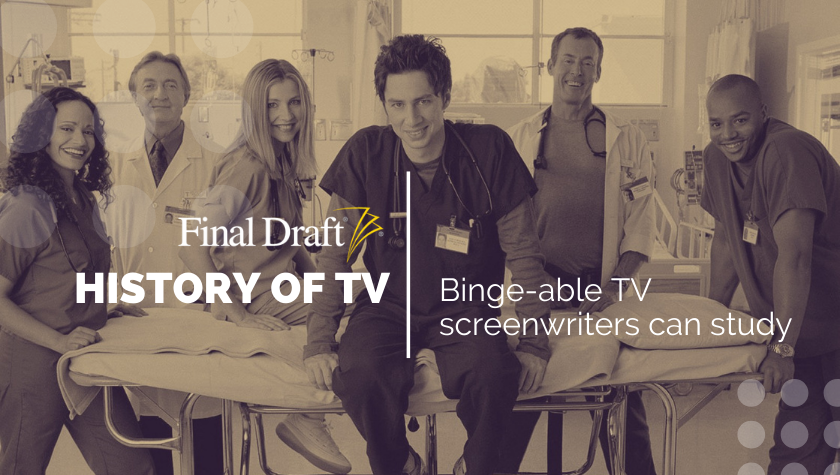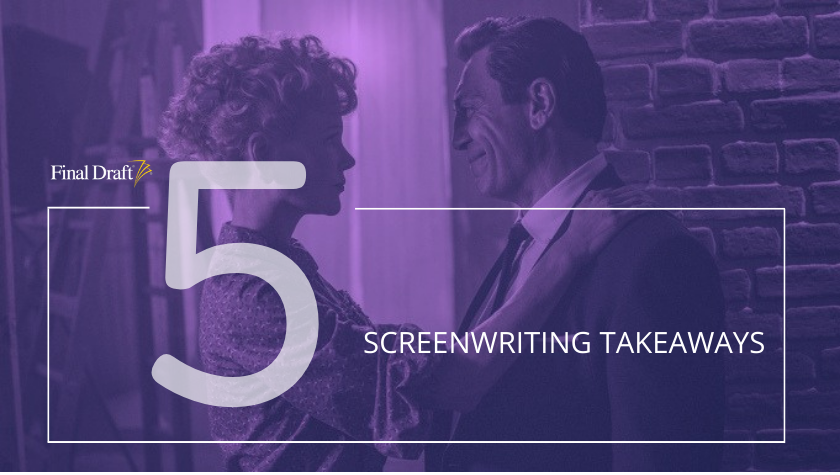History of TV: Why 'I Love Lucy' still has our hearts
January 28, 2022
I remember knowing who Lucy was before I’d ever even seen I Love Lucy. Likely because even though I hadn’t seen the 1950s classic, the clip of Lucy (Lucille Ball) shoving chocolate in her mouth while she and Ethel (Vivian Vance) struggle to keep up with a conveyor belt at the candy factory they’re working at somehow made its way into my field of awareness. It was hilarious. So was the whole show, turns out — and timeless in its own way, too.
The physical comedy of Lucille Ball
While thankfully a lot of the constructs around what made the show funny when it first debuted on CBS Oct. 15, 1951 have gone out of style, the largest part of Lucy’s appeal is the manner in which said comedy was delivered.
Lucy’s upturned nose in self-satisfaction.
Lucy’s jaw-dropping double take.
Lucy’s scrunched-up face of defeat.
Basically, Lucy’s physical comedy is part clown, part charmer and it tells the plot all on its own, from “things are going right” to “why aren’t they going right?” to “shit, this isn’t working.” The audience knows it’s coming. They wait for it. They specifically watch the show for it. There’s comfort in routine, in knowing what’s coming. There’s a reason why children watch the same cartoons 10 times over, too. By being unafraid of looking silly through physical comedy, Lucy also seemed more approachable to her audience — important when you’ve got a female for a lead in the ’50s, who's only slightly subverting the male superiority of the day.
A different kind of leading lady
The Lucille behind Lucy won several Emmys® out of many nominations, as well as earned a Cecil B. deMille Award for her outstanding contributions to the world of entertainment. Did you know that Ball was the first woman to run a major television studio? Desilu Productions, which she owned alongside husband Desi Arnaz, produced such shows as the original Star Trek and Mission: Impossible — including I Love Lucy and The Lucy Show.
She proved her staying power with The Lucy-Desi Comedy Hour, Lucy in London, The Lucy Show, Here’s Lucy, Lucy Calls the President, and Life With Lucy among many others that didn’t benefit from Ball’s name in the title.
Onscreen, Lucy was just as impressive because she was real. She showed her stubbornness, jealousy and imperfections in every episode. She never settled; always wanting more out of life than what was thought to be a woman’s only domain at that time. She wanted to be a star, not just a housewife. She wanted things that fulfilled her, not just the family. It was shocking.
Alas, it was also still the ’50s and Ricky (Arnaz) usually got his way, but in some small way, it almost didn’t matter. Lucy had planted the seed.
Pioneering TV
A testament to I Love Lucy’s appeal was that the birth episode of Little Ricky drew 44 million viewers — 15 million more than the number that tuned into Eisenhower's presidential inauguration the next day. Oh, and Lucy was the first television character to even acknowledge that she was “expecting” in the first place.
What really redefined the I Love Lucy dynamic was the interracial coupling of Lucy and Ricky, her husband (on and offscreen) of Cuban descent. Diversity was rare onscreen as it was, in Ricky — the male lead, no less — it was (again) shocking. Equally groundbreaking for the time was this dynamic duo’s offscreen accomplishments: I Love Lucy was the first sitcom shot on 35mm in front of a live studio audience and featuring an ensemble cast. The 35mm was in part thanks to being shot in Los Angeles rather than New York (where the show’s sponsor was), and worked well for I Love Lucy’s future as a syndicated goldmine for Ball and Arnaz, whose company owned the rights.
But back to that sterling cast...
The fabulous foursome
At its core, it was Lucy versus the world, as explored through two of her relationships: that with her husband, Ricky, and that with her neighbor/friend/lackey, Ethel. The combination of the distinct and definitive personalities of Lucy, Ricky, Ethel, and Ethel’s husband, Fred (William Frawley), is what drove the show. There was no big backstory, no major character development. It simply existed in its space to entertain based on what worked well for them; that combination of four extremely well-defined characters that were relatable — and really freaking funny. They were your average married couples, friends, and sometimes rivals. The comedy came from Ball’s extraordinary talent, as well as the chemistry with her cast to make you care; even if Frawley and Vance famously detested each other.
In retrospect
Maintaining its top-three status during its entire six-season run and going out as the most-watched series on television, I Love Lucy belonged to a decade desperately seeking escapism from reality. Let that sink in a moment while I mention Amy Poehler’s documentary Lucy and Desi, which just premiered at Sundance, or Aaron Sorkin’s recent Being the Ricardos (get your five screenwriting takeaways from that one here); you've definitely seen the stills with Nicole Kidman in that trademark red hair of Lucy’s. Perhaps there’s a collective reason Lucy appears to be having yet another moment in the spotlight...
Aside from I Love Lucy’s groundbreaking filming, societal norms-shaking ways, it inspired friendship (with an emphasis on female friendships) and comedy in a way that’s never been duplicated, though a few have tried. Will & Grace, hats off to you for coming the closest. But we still love you best, Lucy.
Written by: Karin Maxey
After seeing her first big screen movie 007: License to Kill at age six, Karin naturally became obsessed with writing action-infused stories. The next time she’d see Benicio del Toro was in person, at the 68th Cannes Film Festival—he was there for the Sicario red carpet, she was there for her first produced short film in the basement of the Palais…same-same. In between, Karin earned a Creative Writing Degree and landed management at Echo Lake Entertainment. Her scripts have been a Big Break Top 3 finalist, HollyShorts Film Fest Official Selection, and a multi-Screencraft competitions semi-finalist. Karin is also a screenplay editor who delights in the process of polishing writers' work for submission. You can find her at www.writergirlkarin.com.- Topics:
- Discussing TV & Film




